
What's all the buzz around antioxidants and why are they so important?
Everyone wants to grow old gracefully. Some go under the knife to get that youthful look while others opt for a more natural way to maintain that healthful glow. The way to make peace with age can be found in the types of foods that we eat and the miracle ingredient they contain.
This hidden “miracle” is called antioxidants. They have graced the pages of magazines, medical journals, and every product from hand cream to supplement pills. But what are antioxidants and what can they do to keep you looking your best? Let's explore this question.
What are Antioxidants?
Antioxidants are substances that fight the aging process that goes on in your body. They are not produced by the body so to get the benefit of these power-packed substances you must ingest them. A variety of foods contain antioxidants.
Let’s go back to the beginning. The body continually replenishes its cells. Through a process called cellular metabolism, the body produces energy, more cells, and repairs any damage. (1) One by-product of cellular metabolism is unstable molecules called free radicals.
What are Free Radicals?
Free radicals are molecules that damage your body. (2) They are unstable because they are missing an electron. To get another one and become stable, free radicals will steal electrons from cells. That theft damages the cells in a variety of ways.
The results are visible and invisible changes to our bodies. The development of diseases like cancer, diabetes, arthritis and neurological deficiencies may begin to affect you as you age. Also, thinner skin wrinkles and brittle bones are a problem.
Free radicals enter our body from outside sources as well (2):
- Cigarette Smoke
- Alcohol
- Radiation
- Environmental Toxins
- Poor Diet
- Lack of Exercise
The more free radicals we encounter, the greater the damage that can be done.
Antioxidants have been shown to be of great help in the free radical problem. Antioxidant substances combine with free radicals and neutralize them. Once they are neutralized, they can no longer do any damage.
Scientists don’t have any idea of a recommended daily dose of antioxidants to correct free radical damage and the diseases that come with age, but they do know that eating foods rich in antioxidants makes a huge difference in how we live.
Where Do You Find Antioxidants?
They are all around us. Look no further than your local farmer’s market or produce aisle in the grocery store. Fruits and vegetables contain the principal sources of antioxidants.
Examples of antioxidants include:
- Vitamin C
- Vitamin A
- Vitamin E
- Lutein
- Lycopene
- Beta-carotene
Certain minerals like zinc and selenium also function in the body. They are not antioxidants but they boost the immune system to fight against free radical damage.
Antioxidants are also found in nuts, legumes, cold-water fish, seafood, and red meat. (3) So, eating a varied diet of fruits, vegetables, and the foods just named will increase the number of antioxidants in your system and help reduce the incidence of disease.
Eating fruits and vegetables in their natural form instead of juices brings the benefit of other nutrients found in the foods. Juices also contain a lot of sugar that is not needed by your body.
Food does more than stave off hunger, it can allow us to live longer and stay free of disease as we age.
References:
- DeBerardinis, R. J., & Thompson, C. B. (2012). Cellular metabolism and disease: what do metabolic outliers teach us?. Cell, 148(6), 1132–1144. https://doi.org/10.1016/j.cell.2012.02.032
- Lobo, V., Patil, A., Phatak, A., & Chandra, N. (2010). Free radicals, antioxidants and functional foods: Impact on human health. Pharmacognosy reviews, 4(8), 118–126. https://doi.org/10.4103/0973-7847.70902
- Xu, D. P., Li, Y., Meng, X., Zhou, T., Zhou, Y., Zheng, J., Zhang, J. J., & Li, H. B. (2017). Natural Antioxidants in Foods and Medicinal Plants: Extraction, Assessment and Resources. International journal of molecular sciences, 18(1), 96. https://doi.org/10.3390/ijms18010096


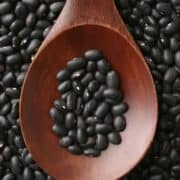
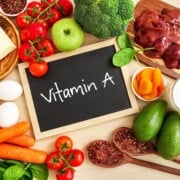
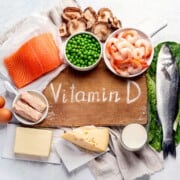
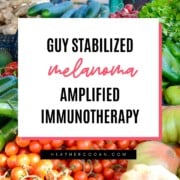
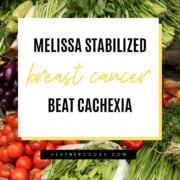
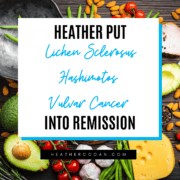
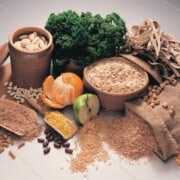




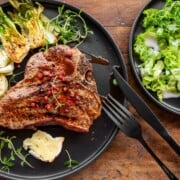




Tell Me What You Think